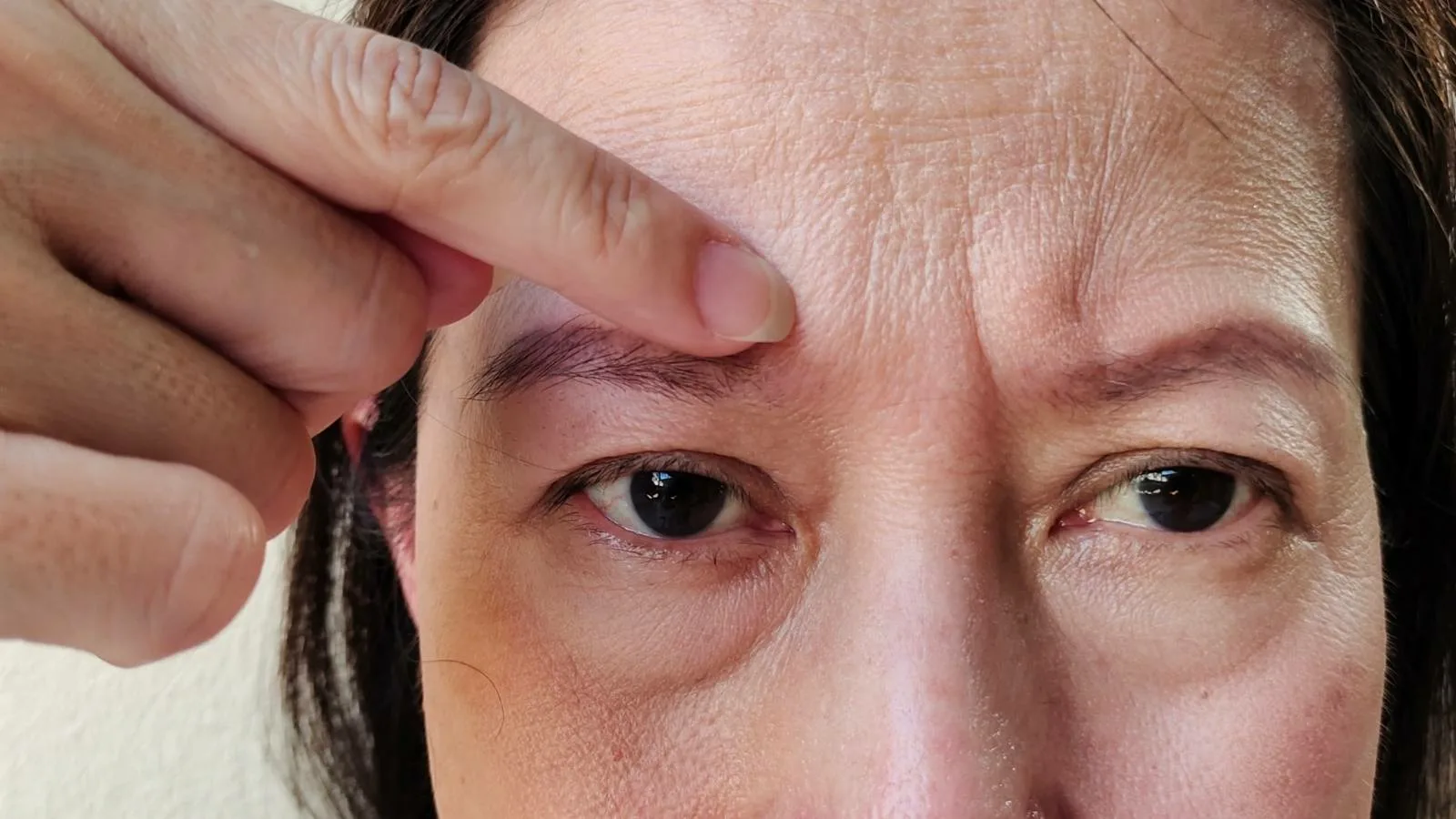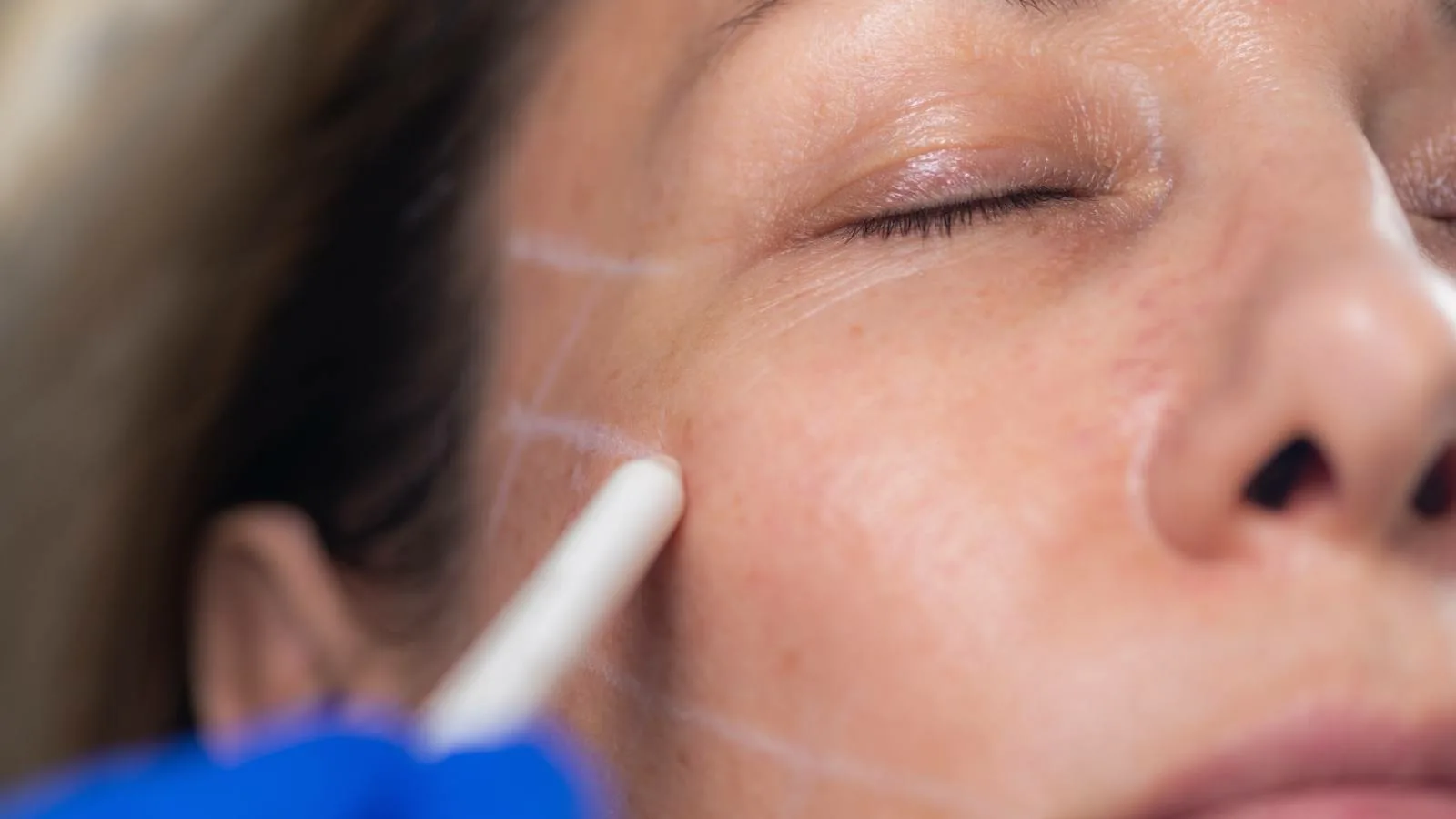In the United States, breast reduction surgery is among the more expensive cosmetic procedures due to high surgeon fees, facility costs, and insurance limitations. With doubled pricing, the cost typically ranges between $14,000 and $20,000 USD, especially in cities like New York, Los Angeles, or Miami. If the procedure is considered medically necessary (due to chronic pain or posture issues), partial insurance coverage may apply, but aesthetic cases are generally out-of-pocket.
In the United Kingdom, breast reduction is available through the NHS under strict criteria, but private clinics dominate for elective cases. In private care, the doubled cost of the procedure ranges from £10,000 to £16,000, particularly in London and major cities. This price usually includes consultation, surgery, and follow-up, though overnight hospital stay or extended post-op care can raise the total amount.
In Australia, breast reduction is commonly performed in private hospitals, with costs ranging from AUD 18,000 to AUD 26,000. Some procedures may be partially covered under Medicare if deemed medically necessary. In Canada, the doubled cost of private breast reduction falls between CAD 16,000 and CAD 24,000, varying by province and surgeon expertise. While some patients can access the procedure through public healthcare, wait times are long, so many choose private clinics for faster results despite the higher price.
How Does the Surgeon’s Experience Affect the Cost of Breast Reduction Surgery?
The surgeon’s experience is one of the most important elements determining the cost of a breast reduction surgery. An experienced surgeon can offer results that are both aesthetically pleasing and functionally successful, drawing on the knowledge and surgical skills accumulated over years of practice. This high level of expertise is significant not only in managing technical details during the operation but also in ensuring patient safety, minimizing complication risks, and speeding up recovery. The primary reason experienced surgeons often charge higher fees is the assurance of quality and safety they provide.
The surgeon’s knowledge and skillset influence every stage of the procedure, from planning to execution. Breast reduction surgery requires detailed planning tailored to the individual’s body structure. Skilled surgeons guide this process effectively, focusing on removing breast tissue, ensuring symmetry, and achieving a natural-looking outcome. This contributes to increased patient satisfaction.
Additionally, national and international certifications, specialized trainings, and awards serve as vital indicators of a surgeon’s expertise and experience, demonstrating that they meet high standards and use up-to-date techniques in their field.
How Do the Clinic’s Location and Facilities Determine the Cost?
Breast reduction surgery can yield important outcomes both aesthetically and health-wise, but the cost of such surgeries depends on numerous variable factors. The geographic location, facilities, and overall service quality of the clinic can have a substantial effect on pricing.
The economic conditions, rent expenses, and local market of the region where the clinic is located play a critical role in setting prices. Clinics in major cities often have higher overhead costs, leading them to charge more for their services. Likewise, the demand for aesthetic surgery and the number of available clinics in a certain area also shape costs. If demand is high and clinics are limited, prices may increase, whereas competitive regions with more clinics might offer more competitive rates.
The clinic’s technological infrastructure also has a direct impact on cost. Advanced medical equipment and minimally invasive techniques provide better-quality results but come with added expenses. Maintaining high hygiene standards and using modern devices are crucial for patient safety, though such measures do raise prices.
Furthermore, factors such as skilled healthcare staff and a patient-centered service model are mirrored in the clinic’s reputation and fees. Clinics offering personalized care and employing experienced surgeons, along with well-trained teams, incorporate these costs into their pricing.
How Do Surgical Technique and Scope Alter the Cost of a Breast Reduction Operation?
Breast reduction surgery serves both aesthetic and health-related purposes. However, the cost of the procedure can vary greatly based on the surgical technique used and the scope of the operation. Every patient’s treatment plan is individually determined, and such personal needs and objectives significantly influence cost.
Techniques such as liposuction focus solely on removing fat tissue and often require less time, typically making them less expensive. However, when excess skin removal or reshaping of the breasts is needed, more extensive surgical methods may be chosen. For instance, techniques involving an “inverted T” or “anchor” incision can require removing both skin and breast tissue, along with repositioning of the nipple, making for a longer operation and the use of more equipment. Consequently, these methods tend to increase costs.
The scope of the procedure also changes depending on how much tissue needs to be removed and any additional processes that might be necessary. Operations involving large amounts of breast tissue removal usually last longer and carry a higher risk of complications. The surgeon’s level of expertise and specific techniques used can also influence the overall expense.
How Do Anesthesia Type and the Anesthesiologist’s Role Reflect in Surgery Fees?
In breast reduction surgeries, both the type of anesthesia used and the anesthesiologist’s role significantly affect the safety and cost of the operation. The choice of anesthesia typically depends on factors such as the length of the procedure, its scope, and the patient’s overall health status. General anesthesia leaves the patient fully unconscious, usually requiring more equipment and medication, which raises costs – yet it is often the preferred method for surgical comfort in more complex cases.
Some situations may allow for regional anesthesia or sedation. Regional anesthesia numbs only a specific part of the body and is generally more budget-friendly, though it may be insufficient for extensive or lengthy procedures like breast reduction. Sedation helps the patient relax and remain partially conscious, though continuous monitoring by an anesthesiologist is still required.
The anesthesiologist’s experience and skill level are pivotal in reducing complications and maintaining patient comfort, factors that inevitably influence the service fee. High-quality modern anesthesia devices, together with effective collaboration between the surgeon and anesthesiologist, enhance the operation’s safety. The type and amount of medications used, as well as post-anesthesia care, further contribute to the total expense.
How Do Postoperative Care and Follow-Up Services Influence Breast Reduction Surgery Costs?
Postoperative care and follow-up are crucial for ensuring a successful breast reduction operation and a healthy recovery. The breadth and standard of these services are key factors in determining total treatment costs. Appropriate wound care, bandaging, medications, and the use of special medical bras help minimize the risk of infection and speed up the healing process. Accurate wound management and strict adherence to the surgeon’s instructions during recovery are instrumental in achieving lasting positive results.
Follow-up services, including regular doctor appointments, suture removal, and close observation of the healing process, are of paramount importance. Early recognition of complications can prevent serious health issues and reduce the need for additional treatments. However, unanticipated treatments or interventions that become necessary during recovery can result in higher costs.
Each patient’s healing timeline varies, influenced by factors such as individual health status, skin characteristics, and general well-being. Some individuals may require extra care or medical intervention during this time. These personal differences can broaden the scope of postoperative care, leading to fluctuations in the overall cost.

Op. Dr. Erman Ak is an internationally experienced specialist known for facial, breast, and body contouring surgeries in the field of aesthetic surgery. With his natural result–oriented surgical philosophy, modern techniques, and artistic vision, he is among the leading names in aesthetic surgery in Türkiye. A graduate of Hacettepe University Faculty of Medicine, Dr. Ak completed his residency at the Istanbul University Çapa Faculty of Medicine, Department of Plastic, Reconstructive and Aesthetic Surgery.
During his training, he received advanced microsurgery education from Prof. Dr. Fu Chan Wei at the Taiwan Chang Gung Memorial Hospital and was awarded the European Aesthetic Plastic Surgery Qualification by the European Board of Plastic Surgery (EBOPRAS). He also conducted advanced studies on facial and breast aesthetics as an ISAPS fellow at the Villa Bella Clinic (Italy) with Prof. Dr. Giovanni and Chiara Botti.
Op. Dr. Erman Ak approaches aesthetic surgery as a personalized art, tailoring each patient’s treatment according to facial proportions, skin structure, and natural aesthetic harmony. His expertise includes deep-plane face and neck lift, lip lift, buccal fat removal (bichectomy), breast augmentation and lifting, abdominoplasty, liposuction, BBL, and mommy makeover. He currently provides safe, natural, and holistic aesthetic treatments using modern techniques in his private clinic in Istanbul.









